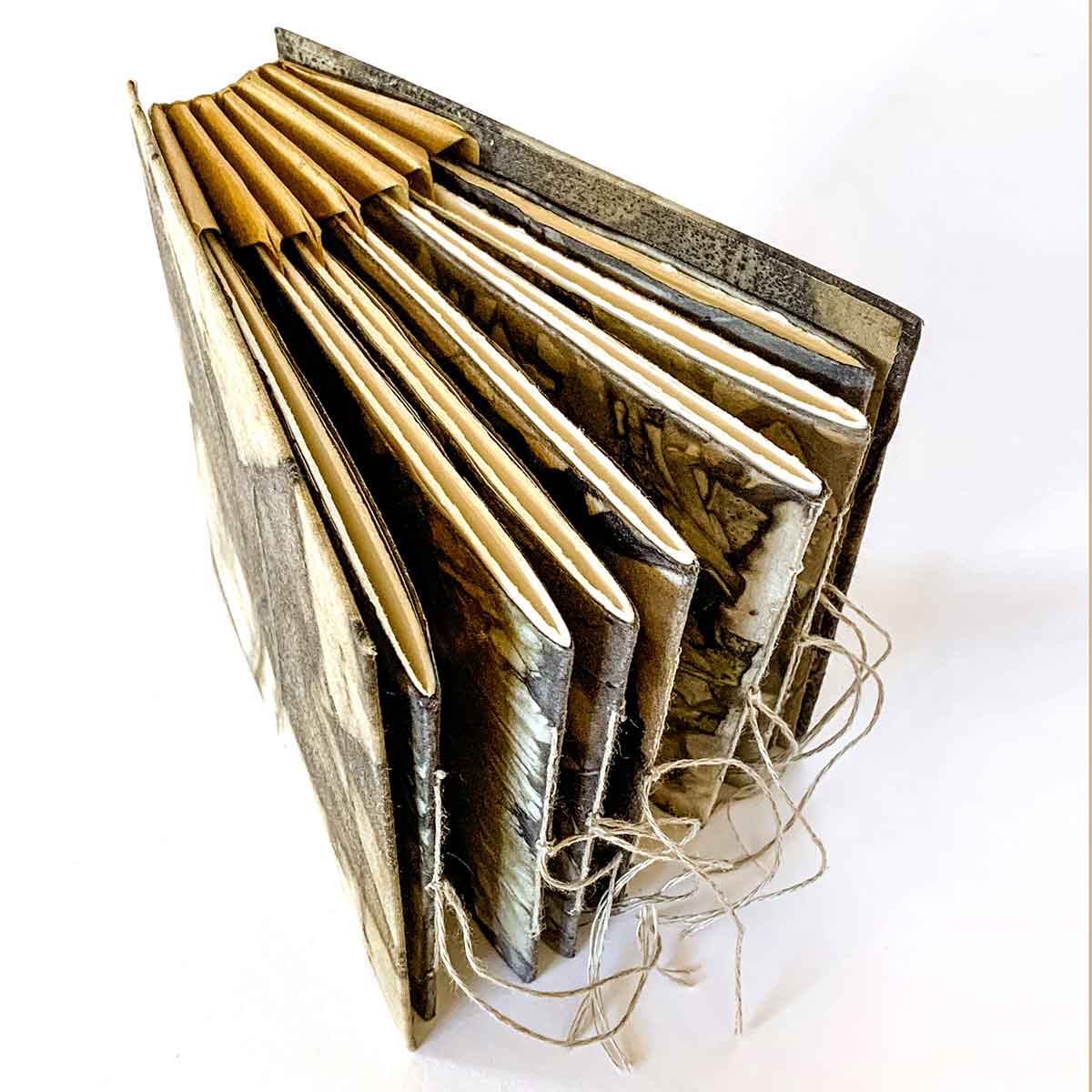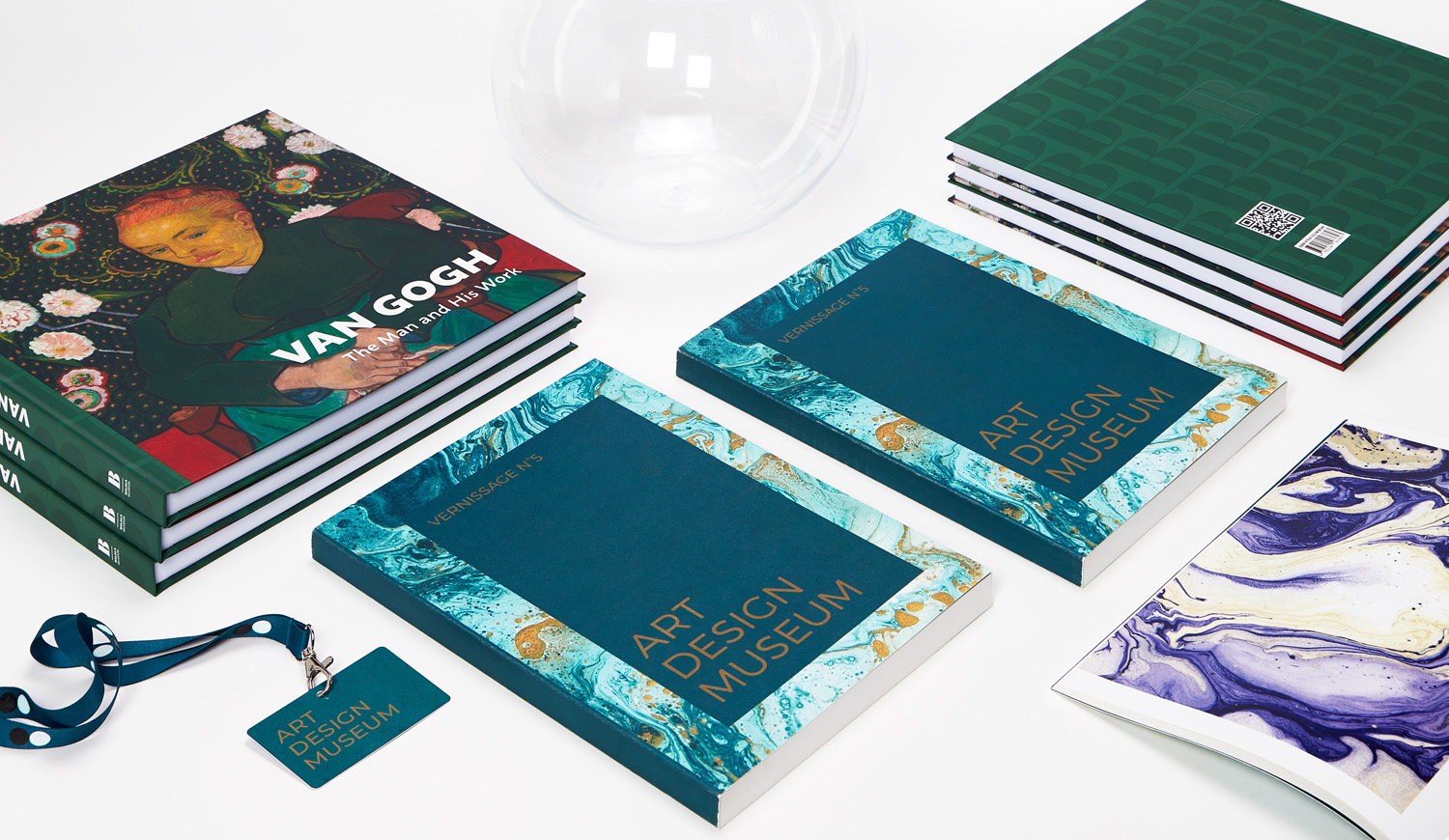Short Run art book Printing: What You Should Know
Short Run art book Printing: What You Should Know
Blog Article
Comprehending the Process Behind Premium Art Book Printing for Art Fanatics
When it involves high-grade art book printing, understanding the complexities of the process can boost your appreciation for the end product. You might not recognize just how essential paper selection and ink choices are to the vibrancy of artwork. Each aspect plays a substantial duty in achieving the wanted effect. As you explore the various components of art book printing, you'll uncover understandings that might transform your viewpoint on art conservation and presentation.
The Significance of Paper Choice in Art Book Printing
When it comes to art book printing, the option of paper can make or damage the last product. You want your artwork to beam, and the ideal paper improves shade vibrancy and detail. Consider elements like weight, structure, and finish; these elements considerably impact exactly how readers perceive your job.
For example, a heavier supply conveys quality and longevity, while a textured finish can include deepness to images. Smooth paper is exceptional for in-depth recreations, allowing great lines and refined shades to appear crisp.
Don't forget concerning the paper's illumination; a brighter sheet can help shades pop, making your art much more eye-catching. You'll likewise want to believe regarding exactly how the paper interacts with inks and whether it can manage the printing process without contorting or bleed-through. Inevitably, choosing the ideal paper establishes the phase for your art, ensuring it catches the audience's focus just as you envisioned.
Selecting the Right Inks for Dynamic Reproductions
Selecting the appropriate inks is simply as important as picking quality paper to achieve vibrant recreations in your art book. When you're printing artwork, you desire colors that stand out and accurately represent the original piece. Choose inks with a high pigment focus; these often tend to create richer and a lot more saturated shades.
You could think about using historical inks, which withstand fading gradually, guaranteeing your art book remains as striking as the day it was printed. If you're functioning with photographs or digitally created art, pigment-based inks can provide a bigger shade gamut, enhancing information and depth.
Do not forget concerning the finish! Matte and glossy inks can significantly alter the look of your artwork, so think of the appearance you're aiming to attain - art book. Eventually, the ideal ink selection enhances your paper selection, developing a spectacular aesthetic experience for your readers
The Duty of Shade Management in Publish Quality
Color monitoring plays a necessary duty in attaining high print top quality for your art book. It assures that the shades you see on your display translate properly to the published web page. Without reliable shade management, your dynamic art work might show up plain or altered, undermining your innovative vision.
To start, calibrate your screen regularly. This action helps keep regular color representation. Next, make use of shade profiles tailored for your printer and paper kind. These profiles lead the printer in duplicating colors precisely, decreasing disparities in between electronic and published versions.
When you prepare your data, think about using a shade area like Adobe RGB or CMYK, relying on your printer's specifications. Constantly evidence your work, as well; a test print can disclose any possible color problems prior to the last run. By prioritizing color monitoring, you guard the honesty of your art, ensuring your target market experiences it as you intended.

Recognizing Different Binding Methods
Achieving the perfect seek your art book surpasses color management; binding techniques also play a substantial duty in its total presentation and longevity. You have a number of alternatives to review, each with its own one-of-a-kind characteristics.
If you're going for an expert feeling, case binding uses a strong alternative with a difficult cover, best for showcasing your art work. On the other hand, perfect binding provides an adaptable back while maintaining prices down, making it a prominent option for softcover publications.
Spiral binding permits your art book to lay level, which is terrific for showing pictures without obstruction. Saddle stitching is ideal for smaller brochures, giving a tidy finish without the bulk.
Ultimately, the binding strategy you choose must show your creative vision and how you want viewers to involve with your job. Make certain to consider these options meticulously to accomplish the most effective end result for your job.
The Impact of Print Size and Layout on Discussion
While the selection of print dimension and format may appear secondary to web content, they significantly influence how your artwork is perceived. The measurements of your prints can either enhance or reduce the effect look what i found of your items. Larger prints can attract visitors in, permitting them to appreciate elaborate details, while smaller sized formats could need more intimate engagement.

Conservation Strategies for Long-lasting Art Books
To guarantee your art publications stand the test of time, it's necessary to carry out reliable conservation strategies. Begin by storing them in a trendy, completely dry atmosphere, away from direct sunshine and moisture. This protects against fading and warping, maintaining your pages intact. Use acid-free storage boxes or safety sleeves to secure them from dirt and physical damage.
When managing your books, constantly clean your hands or put on cotton handwear covers to stay clear of oils and dirt moving onto the web pages. Prevent bending or wrinkling the backs; instead, use book sustains when showing them.
For included defense, take into consideration buying archival-quality materials for any kind of repair services or enhancements. On a regular basis check your collection for signs of wear or damages, attending to problems immediately. By following these straightforward methods, you can ensure i was reading this your art books continue to be vibrant and accessible for years ahead, maintaining their elegance and worth for future generations.
Collaborating With Printers for Optimal Results
When you prepare to print your art book, picking the best printer is crucial to achieving your vision. Clear interaction about your assumptions and requirements will certainly help ensure that both you and the printer get on the same page. Allow's discover exactly how to make this collaboration as smooth and reliable as feasible.
Picking the Right Printer

Effective Communication Approaches
Efficient communication is vital for transforming your art book vision right into truth, particularly when collaborating with printers. art book. Beginning by plainly detailing your job's objectives, including style components, favored products, and any type of details printing methods. Do not be reluctant to share your motivations and references; this assists the printer recognize your aesthetic
Establish up regular check-ins to go over progress and address any questions. Use visuals, like mock-ups or samples, to communicate your concepts more effectively. Be open to comments, as printers typically have useful understandings that can improve your task. Preserve a positive relationship by being respectful and satisfied of their expertise. This partnership will guarantee that your art book meets your expectations and shines in its last type.
Regularly Asked Concerns
What Are Common Errors to Stay Clear Of in Art Book Printing?
When printing your art book, stay Look At This clear of typical mistakes like bad resolution pictures, inaccurate color accounts, and disregarding web page layout. Do not neglect to proofread and double-check details to validate your last item satisfies your assumptions.
Just How Does Digital Printing Differ From Typical Printing Methods?
Digital printing uses electronic documents to develop prints straight, enabling quicker turn-around and modification. On the other hand, standard methods include physical plates, which can be time-consuming and much less flexible for tiny runs or unique designs.
What Is the Typical Turnaround Time for Art Book Printing?
The regular turnaround time for art book printing varies, however you can expect it to take anywhere from a few weeks to several months. Elements like complexity, quantity, and printing technique all affect this timeline.
Can I Publish a Minimal Edition Art Book Financially?
You can print a limited edition art book economically by choosing cost-efficient materials, maximizing print runs, and utilizing electronic printing options. Mindful preparation and budgeting will certainly help you accomplish high quality without spending too much.
What Are the Environmental Considerations in Art Book Printing?
When considering art book printing, you should think of green products, lasting inks, and energy-efficient procedures (art book). Selecting local printers can also reduce your carbon footprint, making your task both lovely and environmentally accountable
Report this page